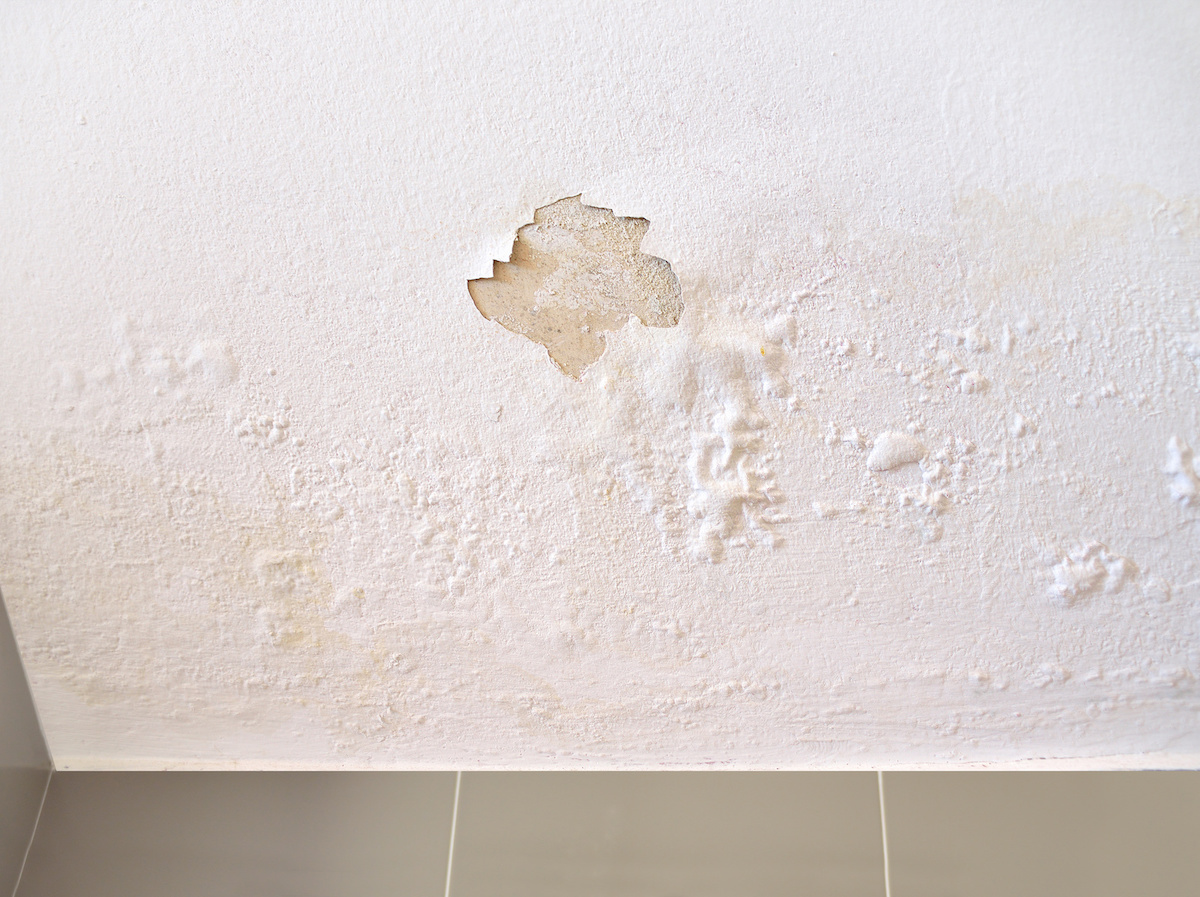Searching for Signs of Water Damage in the Bathroom
Searching for Signs of Water Damage in the Bathroom
Blog Article
What are your opinions on Looking for Signs of Water Damage in the Bathroom?

The restroom is incredibly vulnerable for wet build-up and possible water damages because of the constant use water in it. This short article offers straightforward assessment techniques to help identifying water damage hazards.
The constant use water in the restroom makes it exceptionally prone for damp buildup and also prospective water damages. By checking it frequently, you can lower water associated damages.
The adhering to set of examinations is simple to execute as well as should be done as soon as in every three months in order to maintain your restroom healthy as well as to prevent prospective water damages brought on by the bathtub, the shower, pipeline joints and plumbing, sinks, closets, and the commode
Do not overlook executing these evaluations and also be comprehensive while executing them. Bear in mind that these straightforward evaluations can conserve you a lot of cash by providing very early indicators for water damage
Bath tub and Shower
The shower and also bathtub call for special focus as well as upkeep. Inspect the floor tiles as well as change if broken. Make sure that there is no missing out on cement between the floor tiles. Examine and also replace fractured caulking at joints where the walls fulfill the floor or the bath tub. Clogged drains pipes and pipes troubles will stop the bathtub from drying out and also may suggest serious issues beneath the tub. Seek advice from a professional promptly to stop structural damage. Take notice of discolorations or soft areas around the bath tub wall surfaces as they may show an internal leak.
Plumbing
Signs for water damages are hard to discover considering that the majority of pipes are set up inside the wall surfaces.
Pay special interest to flooring and also wall surfaces moisture as well as discolorations as they may indicate an unnoticeable plumbing trouble. Examine dampness degrees in adjoining spaces also.
Sinks and also Cabinets
Sinks and cabinets are subjected to dampness and also humidity day-to-day and are typically ignored. Evaluate routinely under the sink as well as on the kitchen counter over it. Repair any type of drip in the catch as it might suggest drain troubles. Look around the sink, slow draining pipes might indicate an obstructed drain. Replace sink seals if they are broken or loosened.
The Commode
The toilet is a susceptible water joint. Check the water lines and search for leakages around the commode seat, in the hose, and under the water storage tank. If you find any kind of indicators of moisture on the floor around the bathroom, check for leakages in the toilet edge and also container seals.
Be aware that hanging toilet bowl deodorants boosts the opportunities for obstructions.
10 TIPS TO PREVENT WATER DAMAGE IN THE BATHROOM
The average household uses approximately 80-100 gallons of water per person per day. For a family of 4, that's almost 2,500 gallons of water a week! The largest portion of this consumption comes from bathroom use. Flushing the toilet uses the most water, followed by taking a shower or bath. With that much water running through the home, water damage in the bathroom is bound to happen. Knowing how to spot signs of a water leak is essential to preventing long-term damage. This guide provides you with tips to reduce the impact of water damage on your bathroom.
CAUSES OF BATHROOM WATER DAMAGE
Pipe breaks are the most common cause of water damage we see in our daily jobs. The age of a pipe plays a large role in a pipe break as well as corrosion. Over time, the metal begins to break down, allowing water to escape. Frozen pipe breaks are also a concern in the winter months. Toilet overflows caused by paper products or children flushing inappropriate items. Degraded caulking around the toilet or bathtub can allow water seepage, sometimes behind the fixture, into the subfloor or walls. Condensation forms when the water in a pipe is cooler than the air temperature. Beads of water form on the exterior of the pipes, sometimes so much so that the water begins to drip and pool below. Sink or shower backups created by poor drainage. HOW TO PREVENT WATER DAMAGE IN YOUR BATHROOM
Inspect your toilet supply line for worn or frayed hoses and replace them as needed. Winterize your plumbing to prevent a frozen pipe break. Use vent fans to prevent condensation that can lead to mold growth. Routinely check and replace degraded caulking around your toilet or bathtub. Increase the temperature in your toilet tank and insulate your pipes during the warm summer months to keep condensation from forming. Use child safety locks on the toilets. Flush only toilet paper. "Flushable" wet wipes are actually not good for your plumbing system. Additionally, feminine hygiene products should not be flushed. Prevent water from escaping the tub or shower. Make sure shower curtains are in good condition. Inspect shower doors and replace the seal strip if necessary. Wipe up any water that accumulates on the floor and use bath mats. Water left to sit can cause damage to the tiles and flooring. Refrain from using bath products containing heavy oils to avoid a clogged drain.

We hope you enjoyed our article about Preventing Water Damage in the Bathroom. Thanks for taking time to browse our posting. In case you enjoyed reading our blog post kindly do not forget to pass it around. I recognize the value of reading our article about How to Prevent Bathroom Water Damage.
Book A Service Call Report this page